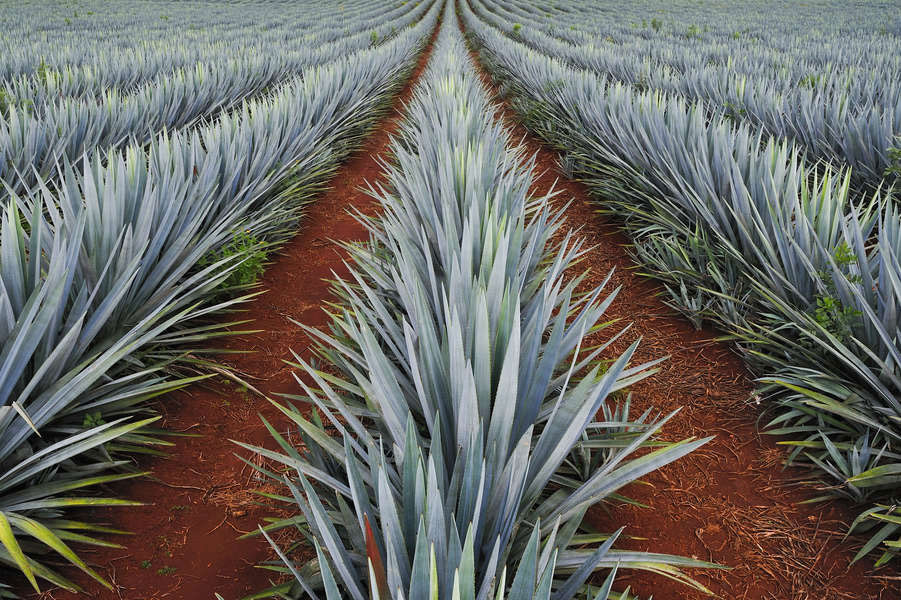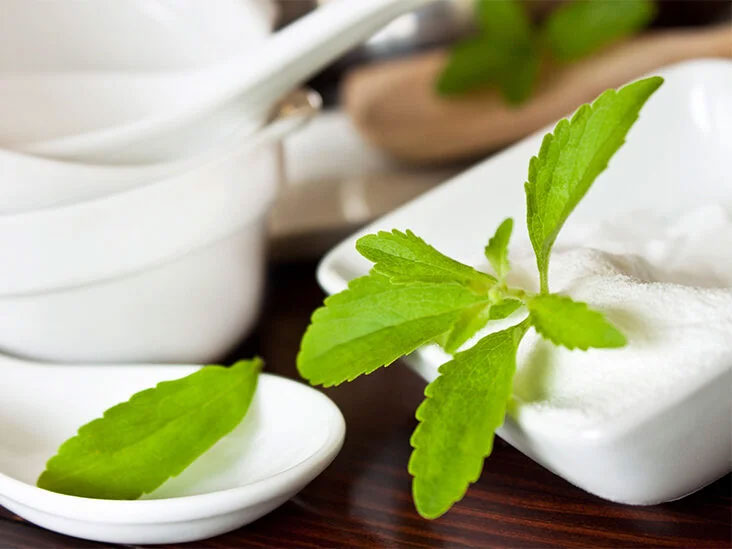Agave was thought to be better to use as a sweetener that sugar. But is it?
Years ago I started using agave as a sweetener for coffee because it was supposed to be better than sugar as far as the GI index. Agave has an index of 17 compared to sugar with a GI of 68.
I just read from Healthline, the reason for the lower glycemic index is due to the high amount of fructose. However, studies have shown that high amounts of fructose have been linked to diabetes, obesity, fatty liver and may play a role in memory loss.
The harmful effects of agave — and sugar in general — have very little to do with the glycemic index but everything to do with the large amounts of fructose — and agave nectar is very high in fructose.
Sugar and high fructose corn syrup (HFCS) contain two simple sugars — glucose and fructose — at about 50% each. Although glucose and fructose look similar, they have completely different effects on your body. Consuming excess added fructose can wreak havoc on your metabolic health and may contribute to insulin resistance, metabolic syndrome, heart disease, and type 2 diabetes. This is because your liver gets overloaded and starts turning the fructose into fat, which raises blood triglycerides. Many researchers believe that some of this fat can become lodged in your liver and cause fatty liver disease. 
What’s more, high fructose intake can increase your levels of LDL (bad) cholesterol and oxidized LDL. It may also cause belly fat accumulation. Keep in mind that agave nectar is about 85% fructose — a much higher percentage than that of plain sugar.
Whereas every cell in your body can metabolize glucose, your liver is the only organ that can metabolize fructose in significant amounts.
Basically, because agave syrup is much higher in fructose than plain sugar, it has greater potential to cause adverse health effects, such as increased belly fat and fatty liver disease.
Having fructose as its primary sugar, blue-agave syrup (56% fructose) is similar in fructose content to high-fructose corn syrup (55% fructose content), the most common sweetener used in US manufactured beverages.
In summary, if you must add extra sweetness to your diet, agave nectar is likely not the way to go. Agave nectar may be the least healthy sweetener in the world, making regular sugar look healthy in comparison.
As an alternative to sugar, Stevia and Truvia are widely used. I always thought they were the same thing, one being the actual ingredient and the other being a brand name. They are not. I’m sure you have seen in the news lately that higher blood levels of the artificial sweetener Erythritol were associated with increased risk of heart attack and stroke. And that further studies of Erythritol’s long-term risks for cardiovascular health are needed. Erythritol is commonly found in our fruits and vegetables. It is also made in our bodies as a normal part of our metabolism. But when used as a sweetener, the body has in the neighborhood of 1,000 times more Erythritol! Although Truvia is claimed to be a stevia-based sweetener. It barely contains any components of the stevia plant.

Stevia leaves have two sweet compounds, stevioside and rebaudioside A. Of the two, stevioside is linked to health benefits like reduced blood sugar and blood pressure levels. Still, there is no stevioside in Truvia — only tiny amounts of purified rebaudioside A, which is not linked to any health benefits. The primary ingredient in Truvia is erythritol.
The United States Food and Drug Administration (FDA) only consider high-purity steviol glycosides to be safe for human consumption currently. Although even they have side effects.
Moral of my story…I’m going to stop using agave thinking I was using a sweetener that was better for me, and go back to regular sugar…but in moderation.





No Comments